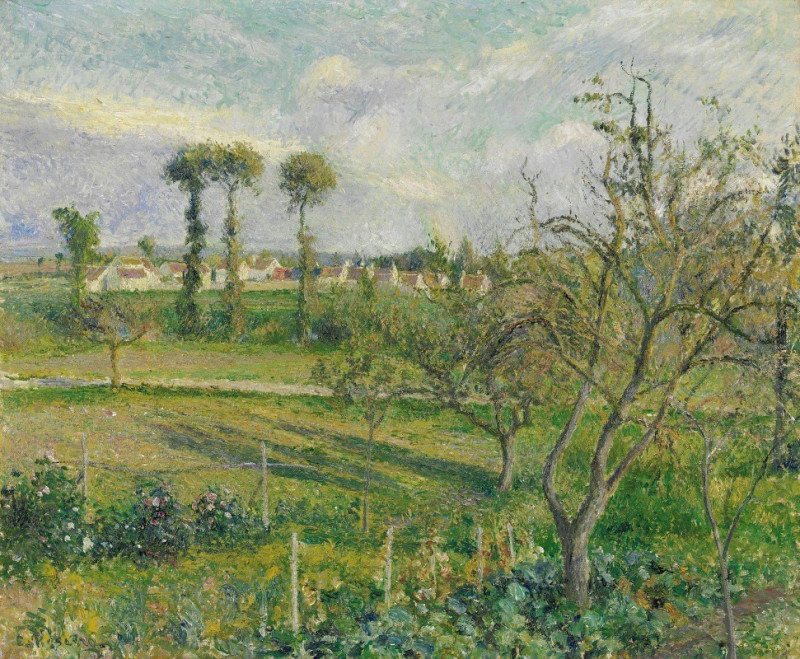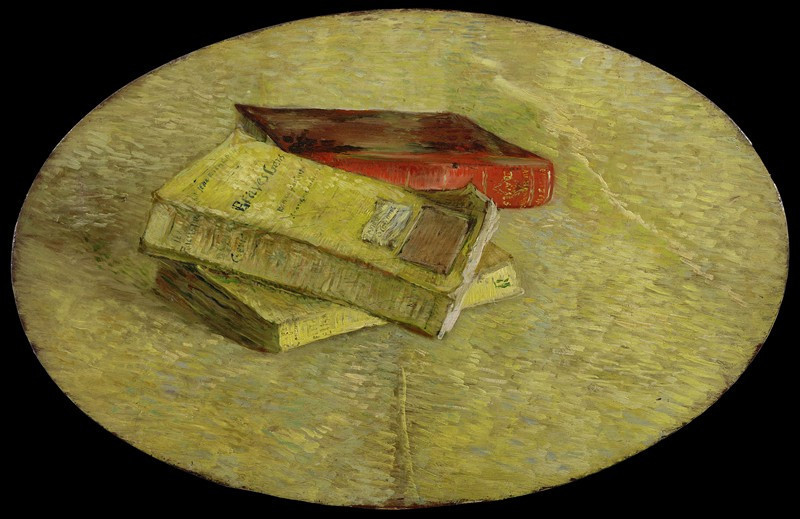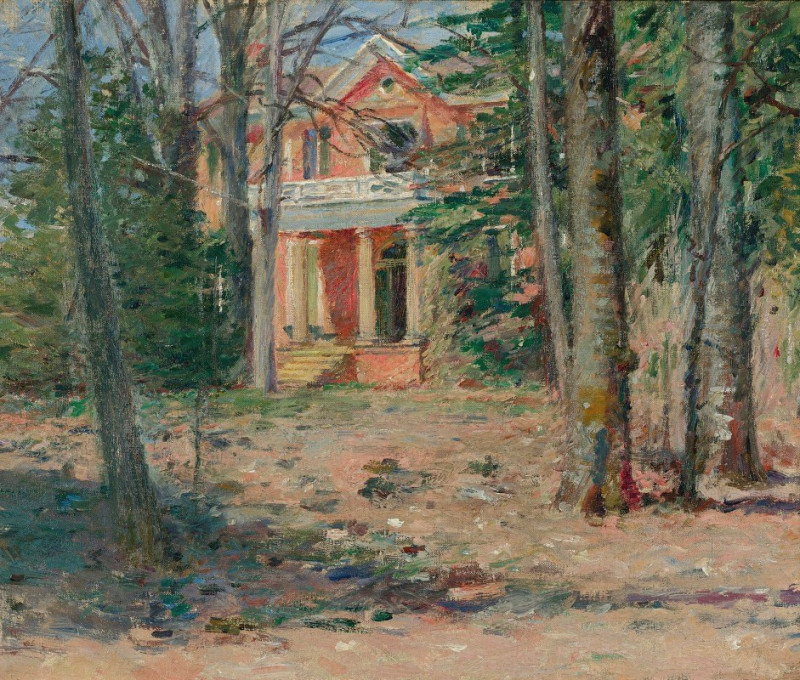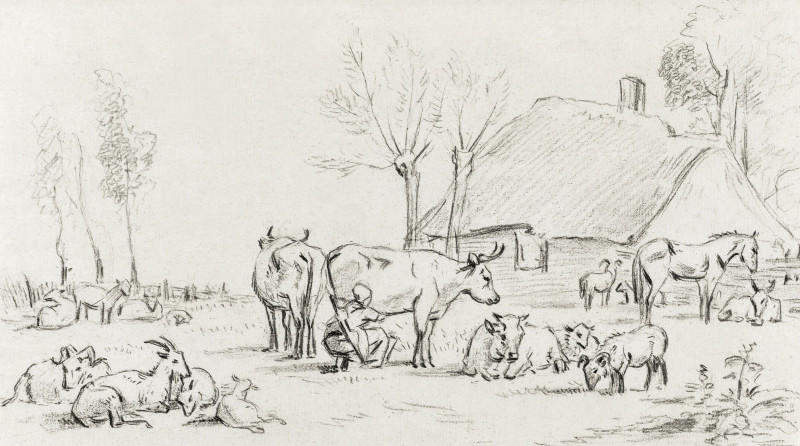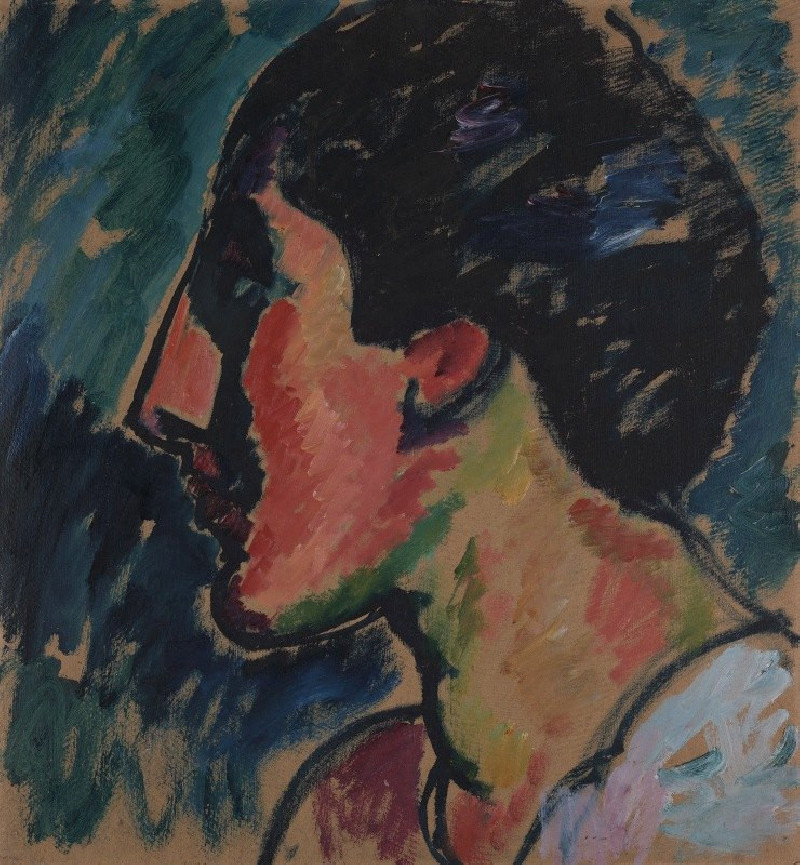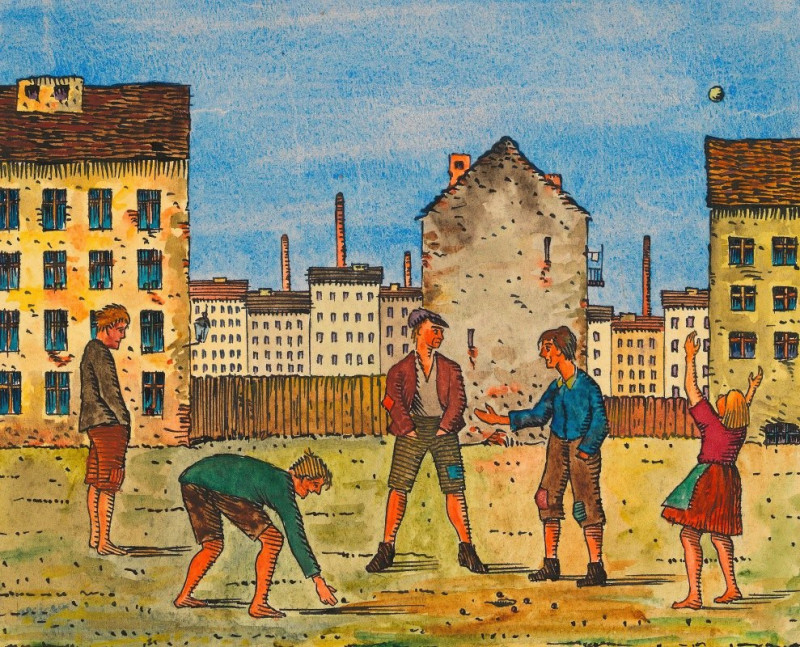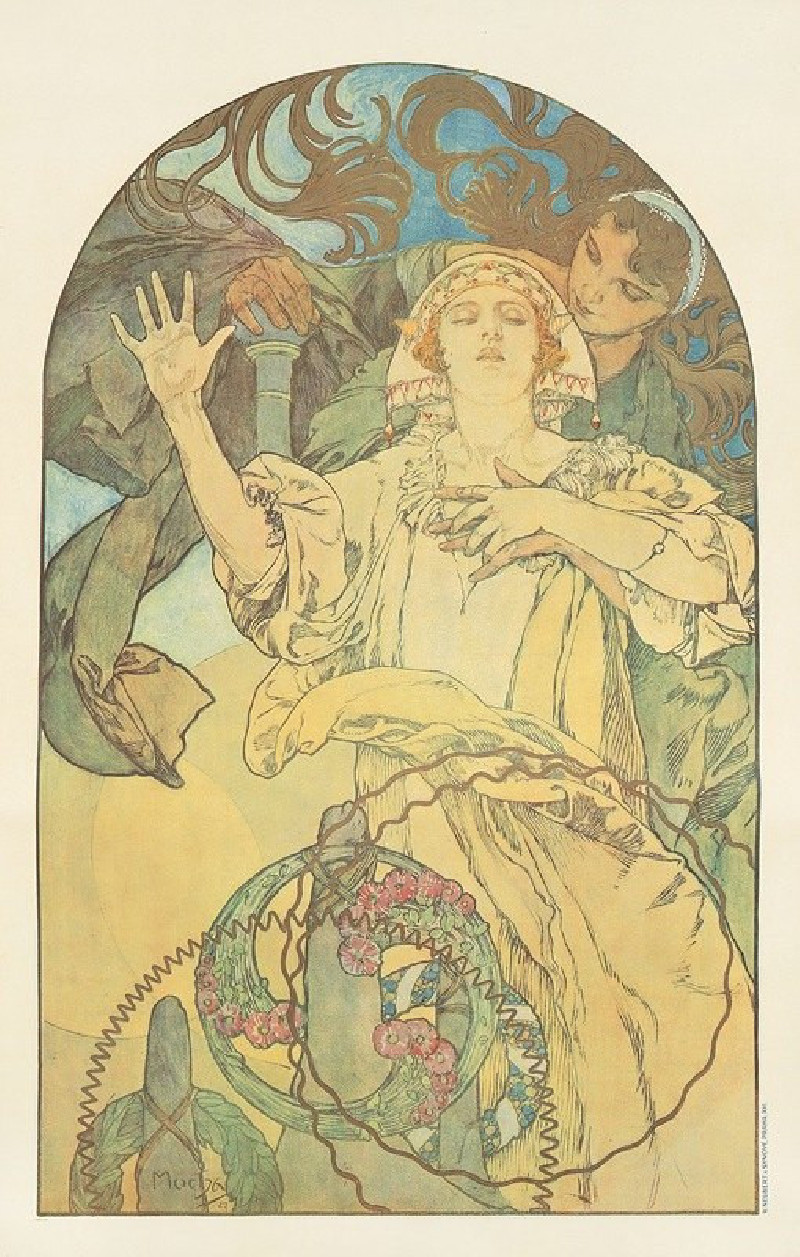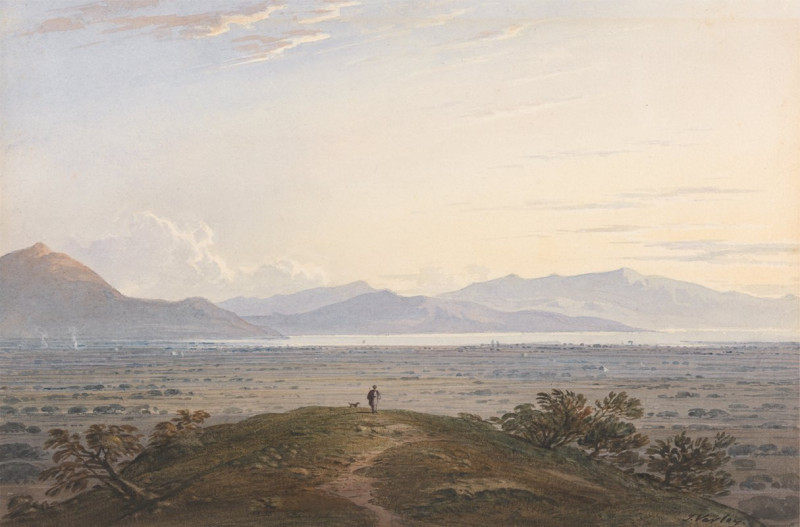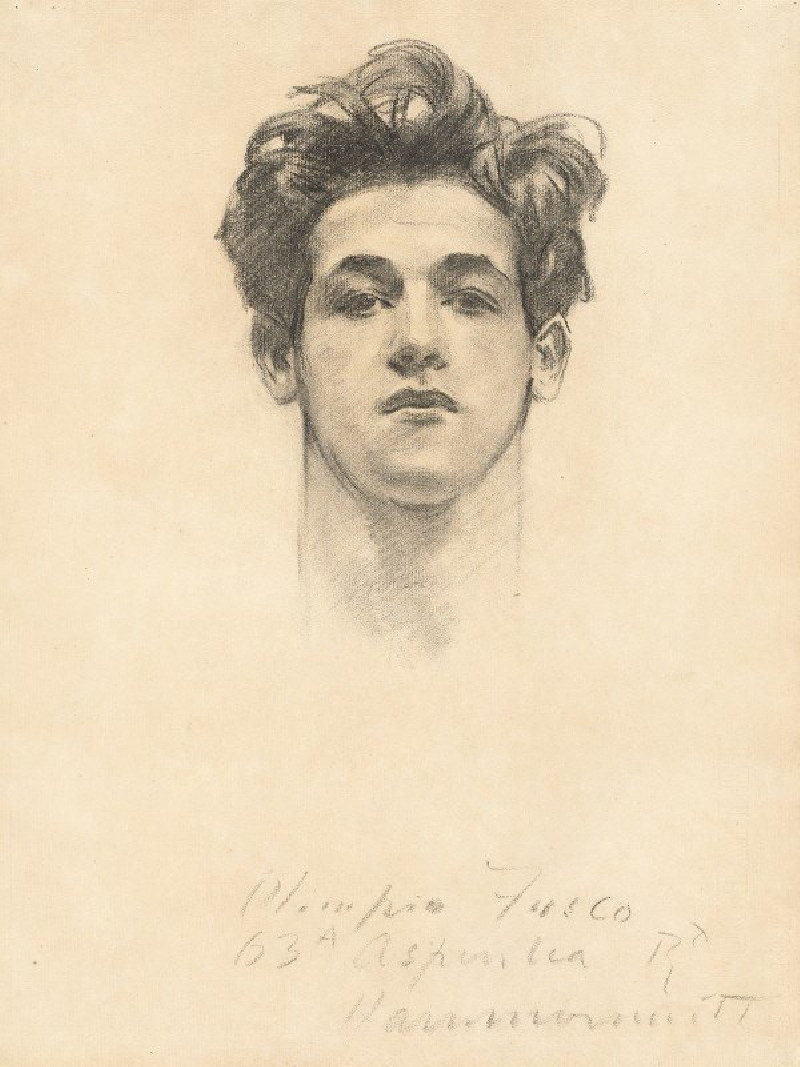Soleil Couchant Au Valhermeil, Auvers-Sur-Oise (1880)
Technique: Giclée quality print
Recommended by our customers
More about this artwork
Experience the gentle allure of Camille Pissarro's "Soleil Couchant Au Valhermeil, Auvers-Sur-Oise," a masterful painting from 1880 that captures the serene landscape of the French countryside at sunset. Pissarro, a principal figure in the Impressionist movement, brilliantly conveys the tranquility and rich textures of rural life through his distinctive brush strokes and nuanced use of color.The painting presents a view over lush fields and scattered trees, leading the viewer's eye toward a line of quaint village houses under a softly dynamic sky. Dominant in the foreground are robust trees and flowering shrubs, painted with vigorous, textural strokes that emphasize the vitality of nature. The fading light of the setting sun bathes the entire scene in a warm, golden glow, highlighting the tops of the trees and the simple architecture of the village, creating a peaceful harmony between man and nature.Pissarro's work is not just a visual treat; it's a contemplation on the rhythm of daily life outside the clamor of urban settings, reflecting a deep appreciation for the quiet moments that rural settings offer. This painting, with its calm palette and soothing ambiance, invites the viewer to pause and appreciate the simple beauty of the natural world, making it a timeless piece for any collection.
Delivery
Returns
Blessed are they who see beautiful things in humble places where other people see nothing. — Camille Pissarro
Camille Pissarro (1830-1903) was born on St.Thomas (now the US Virgin Islands) to a Portuguese father and a Dominican mother. He went to Paris to study art at Ecole des Beaux-Arts. He was an early pioneer of pointillism and neo-impressionism and later became a mentor of many famous impressionist painters including Cezanne, Manet, Renoir, and Gauguin. His paintings depicted rural and urban French landscapes and lifestyle. Many of his works politically captured images of peasants and laborers. Today, he is considered the father of impressionism.

